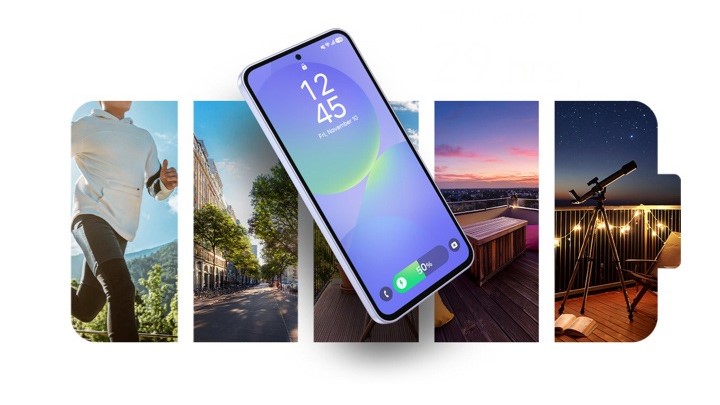Like so many technologies that trickle down from the premium segment to the mainstream, ANC, or active noise cancellation, is perhaps the most exciting for the average person. Planes, trains and automobiles aside, ANC is one of those features that comes in handy even one doesn't expect it to.
At its core, the technology inserts low volumes of steady background noise to "cancel" out certain sound frequencies so the brain perceives them either as not being there, or more often as being at a lower volume than they actually are. It's relatively easy to design noise cancelation for the constant drone of a plane, and that's what the earliest ANC-powered headphones were primarily designed for. It's a lot harder to produce ANC that applies across a variety of use cases and environments.
Phiaton is an increasingly well-known headphone brand that produces products of quality much higher than their modest price tags would suggest. Its latest, the BT 120 NC, continues that trend, with an impressive balance of sound quality, comfort, and at $80, a fair price.
The Good
- Excellent, rich sound for the price
- Very comfortable to wear for long periods
- Decent passive isolation
- Fast charge somewhat alleviates battery woes
- Water resistant
The Bad
- Micro-USB charging
- ANC doesn't cancel much noise
- Battery life isn't great, worse with ANC on
- Cables feel flimsy
Phiaton BT 120 What sounds great
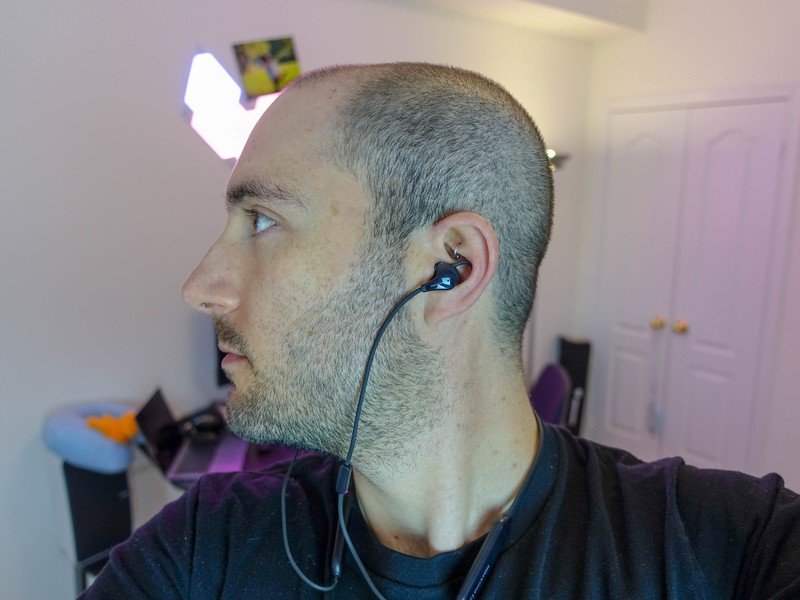
When I evaluate a pair of wireless headphones, I always prioritize sound and comfort above all else. If you can't get a great fit in your ear, it doesn't matter how great the headphones sound. And, once you have the right fit, if the headphones can't reproduce music in an enjoyable way, it doesn't matter how many features it has — you're just not going to want to wear them for long.
The good news is that Phiaton has nailed the fundamentals here. The company typically produces warm, inviting sound, even at this price point, and that's true here. I got a great fit from the out-of-box combination of ear tips and wings (medium size for both) which together provide a modicum of passive isolation. It's enough to avoid needing the included active noise cancellation, but you'll want to enable it anyway. That's because while on their own the headphones sound rich and warm, with a decent amount of bass and a smooth upper mid-range, they have clearly been tuned for the ANC circuitry.
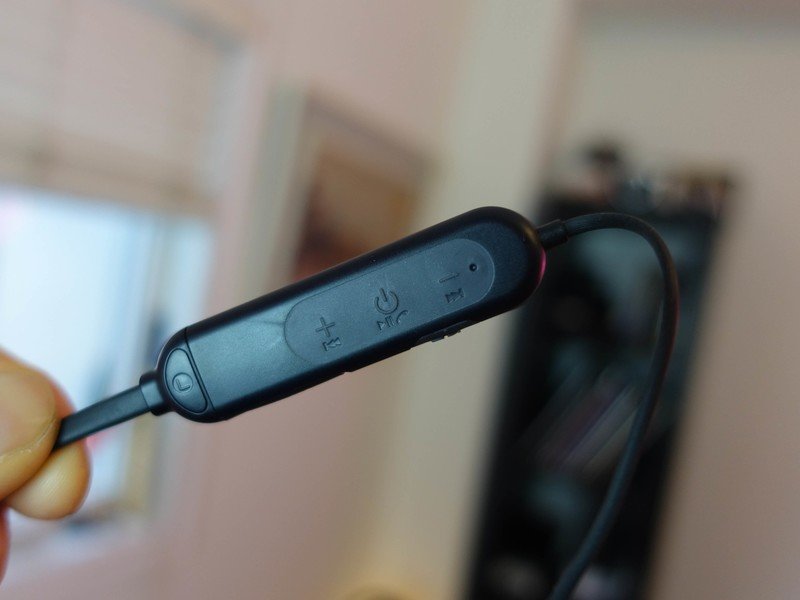
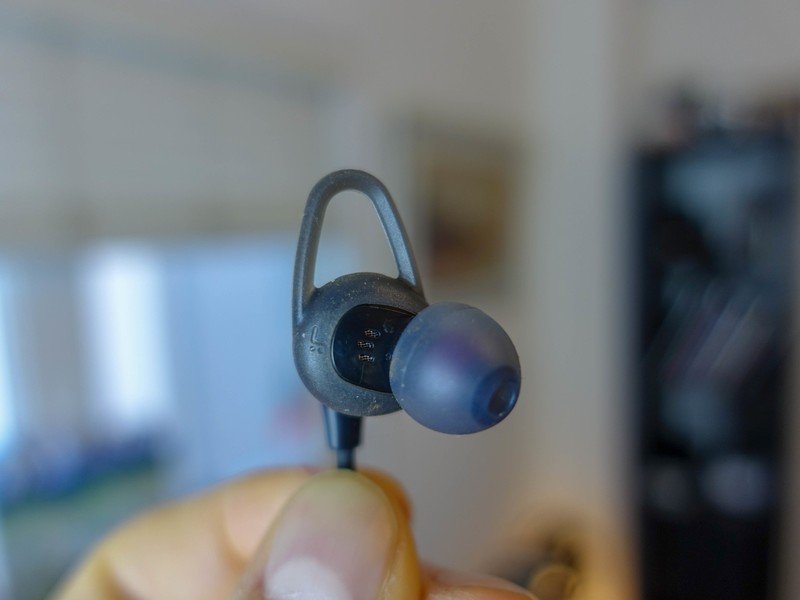
Unlike Phiaton's other neckbud offerings, the BT 150 NC, which offer a more rigid plastic housing, the BT 120s are comprised of long, thin plastic cables with equal-sized protrusions for the battery, charging ports and remote control buttons. This design, while affecting battery life, does make the headphones extremely portable, and I found they can be more or less scrunched up and tossed into a bag without fuss. The in-line remote is located on the left side, and sits at the neck line when the earbuds are being worn.
If you're after decent sound on the cheap, you'll like these.
While the buttons are a bit squishy, they're also sufficiently tactile and easy to locate, which is a plus in my books, and unless you're wearing a thick winter jacket and a scarf, as I've been doing for the past few weeks, using the remote is a cinch.
Speaking of inclement weather, I took the BT 120s out in the rain, snow, sleet, wind, and whatever else the Canadian winter threw at me for the past couple of weeks and the headphones remain unscathed thanks to an IPX4 rating that guards against splashing water. I wouldn't take these running — the cable is a bit long and gangly and will likely hit you with every stride — but should you choose to do so, they'll likely survive.
Other niceties: I do like the haptic feedback associated with incoming calls or pairing with a new phone, and the microphone quality appears to be excellent based on the feedback I received from the half dozen or so calls I made while wearing them.
Phiaton BT 120 What falls flat
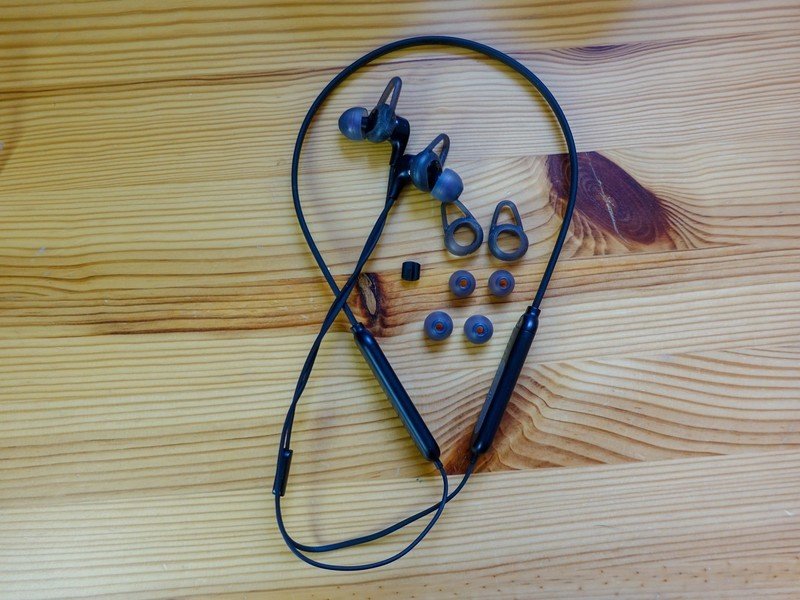
When it comes to sound and comfort, the BT 120 NCs are pretty good. But those are fundamentals, and these are being advertised as having decent noise cancellation and consummate battery life, neither of which I experienced.
I've used every pair of Phiaton headphones released in the last six years, and while these sound among the best of the bunch, the ANC effectiveness is among the worst. You'll want to enable the noise cancellation to enhance the earbuds' sound quality but doing so won't actual block out much noise.

In a quiet room, it's difficult to distinguish when ANC is turned on, and the effect is barely noticeable when sitting on a crowded bus. You're unlikely to hit the BT 120's maximum volume while out in public — there's plenty of power in the circuitry — but effective ANC means being able to turn down the volume because the chip is doing the hard work of generating noise to block out background sound. Not here.
The other problem is that Phiaton claims 8.5 hours of battery life per charge — Micro-USB charge, no less — but that's with ANC disabled. Enable the feature and battery life dips to an anxiety-producing 4.5 hours. I basically had to recharge these nightly like a phone or smartwatch — not something I enjoy with headphones. Yes, they support Fast Charging, so five minutes of topping up gets an hour of usage, but still, it's a hassle.
Should you by the Phiaton BT 120?
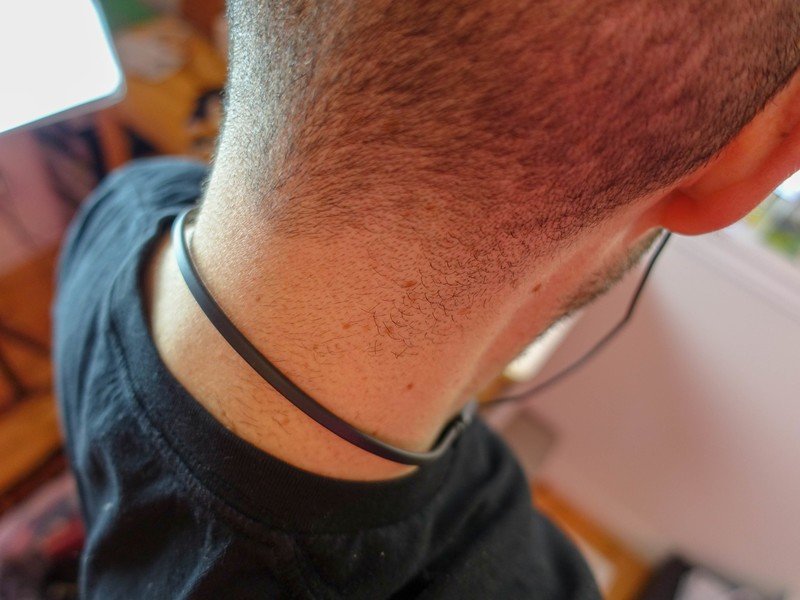
Here's the thing: for $80, you're probably not going to find a nicer-sounding pair of neckbuds with ANC, however poorly implemented the feature is on the BT 120. Phiaton's other pair of sub-$100 neckbuds, the BT 150, have worse sound but better ANC and battery life, but the touch controls are infuriating, and they're much heavier.
3.5 out of 5
If you're willing to spend $40 more (which is a lot, I know), I'd recommend Plantronics' BackBeat GO 410 earbuds, which are almost identically designed but have better sound and much better ANC and battery life. Still, not everyone's willing to spend $120 on headphones, and if $80 is your budget, and you're willing to put up with a few quirks, you get a lot of sound for your bucks with Phiaton's latest offering.
Daniel Bader was a former Android Central Editor-in-Chief and Executive Editor for iMore and Windows Central.


